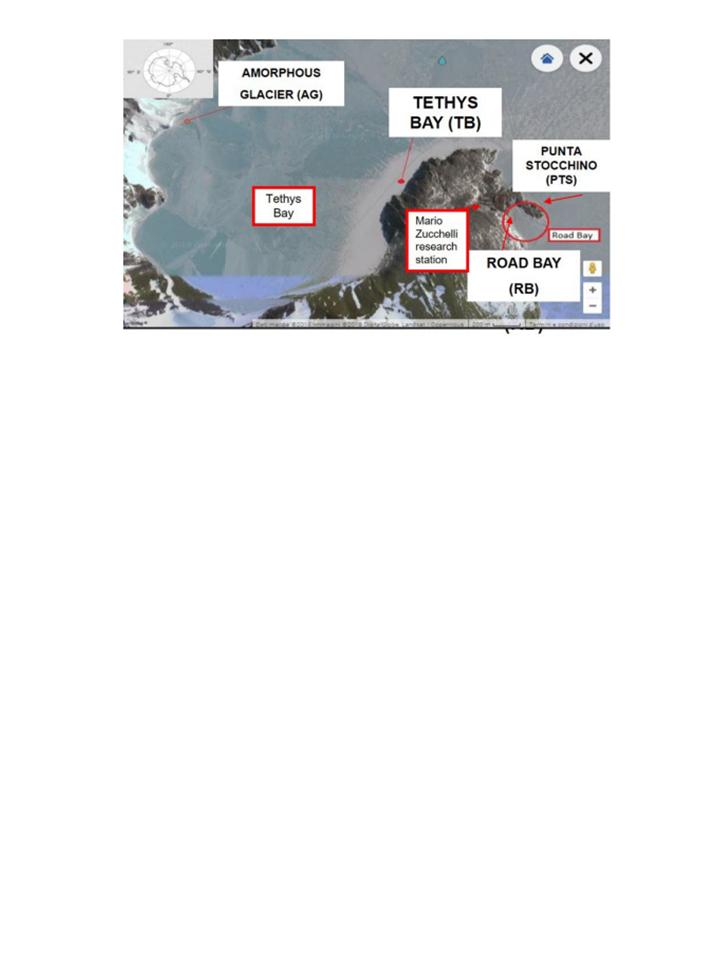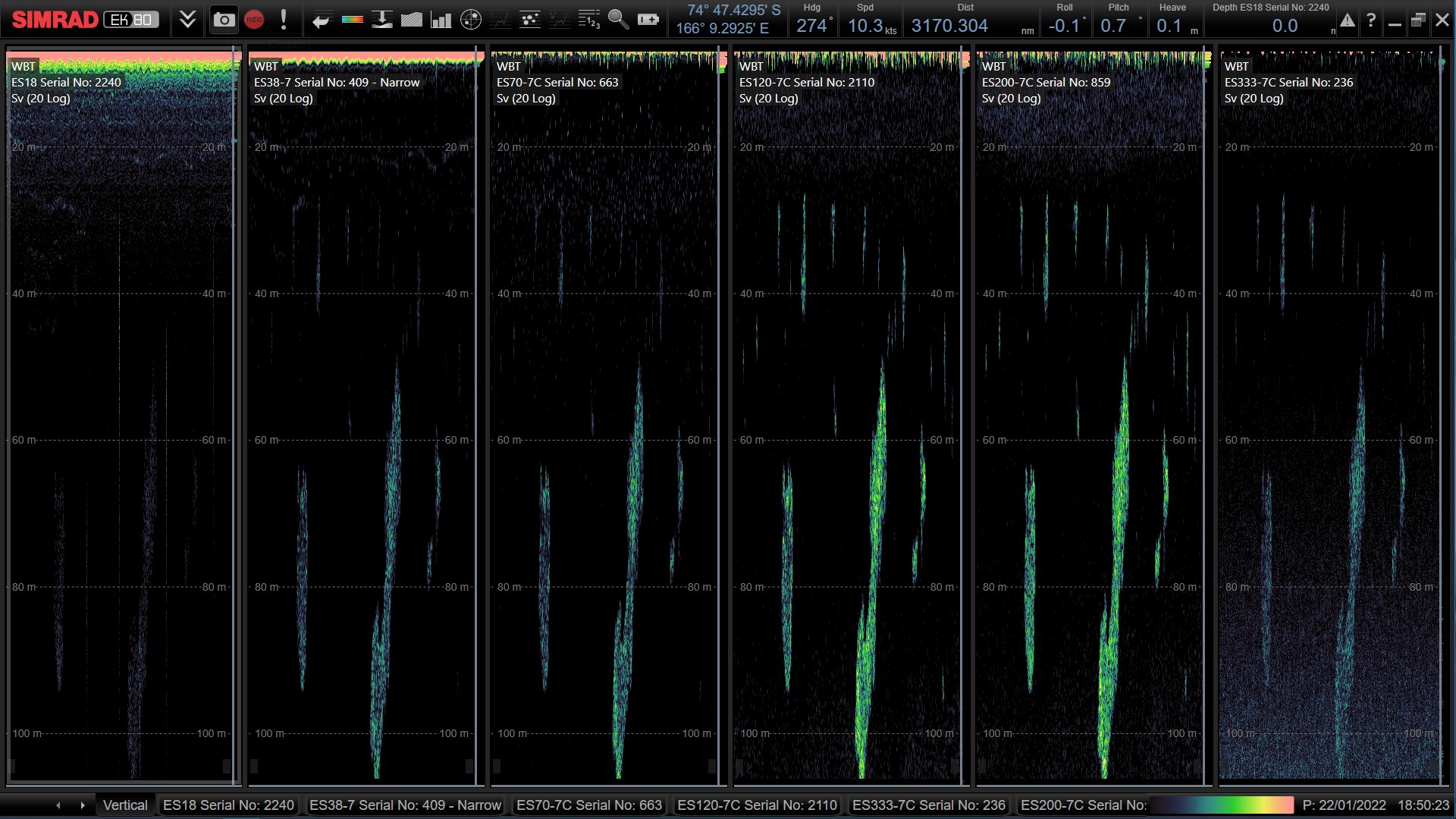ANIMAL ECOLOGY AND BEHAVIOR
Type of resources
Available actions
Topics
INSPIRE themes
Keywords
Contact for the resource
Provided by
Years
Formats
Representation types
Update frequencies
status
Scale
-
Antarctic ecosystems have a high number of species, that are closely linked to the presence of sea ice and seasonal cycles. This biodiversity is subject to anthropogenic and natural influences. Macrozoobenthic communities are the 'biological memory' of the ecosystem, structuring themselves as a function of environmental changes over the years. Macrozoobenthos samples were collected using suction dredging and scraping techniques, in soft and hard bottoms. Sampling occurred in 5 different sites.
-

The ANT-Biofilm research project (PNRA16_00105) concerned the study of microbial colonization processes in coastal environments of Terra Nova Bay (Ross Sea), through the analysis of the microbial biofilm (bacteria, microalgae) and macrobenthic settlement on plastic substrates, with the aim of determining their possible variations caused by natural or anthropogenic disturbances (variations in salinity or the presence of contaminants, respectively). Microbial biofilms, which play a key role as a substrate for larval settlement of many species of invertebrates, constitute hot-spots of microbial diversity; and it is also known that the communities a microbial are capable of responding rapidly to changing environmental conditions, acting as potential "sentinels" of natural or anthropic perturbations that recently are threatening the Antarctic biota. During the first year of activity (XXXIII Italian expedition, November 2017) stainless steel structures were fixed on the seabed of Road Bay and Tethys Bay mounting panels of artificial substrates (Polyvinyl Chloride, PVC and PolyEthylene, PE) for colonization, which during the XXXIV expedition (November 2018) were retrieved in order to study the fouling formation processes at different levels of biological complexity (from microbial community including bacteria and microalgae to benthic invertebrates) and to evaluate their evolution in two coastal sites differently exposed to natural or anthropogenic forcings.
-

The Middle Trophic Level of the Ross Sea is still not well known but it mainly characterized by two species of Krill: Euphausia superba, Euphausia Crystallorophias. These species are a key food source for a wide variety of marine birds and mammals in the Ross Sea. For this reason, it's necessary to improve the knowledge on abundance and spatial distribution of MTL species, and their interconnection with environmental parameters to understand the main drivers of the reproductive success and migrations of these species. In this project, an acoustic survey, a synoptic net sampling and a CTD/XBT samplings were carried out following the standard protocols indicated by CCAMLR. Acoustic monitoring was performed at five frequencies: 38, 70, 120, 200 and 333 kHz. Targeted net samplings were performed to validate the preliminary species allocation of the aggregations observed on the echosounder screen. Biometric measures of krill samples was made on board and samples were taken for further analysis. CTD and XBT data was collected and elaborated to characterize water masses and to study the possible influences of the distribution of the main oceanographic parameters on MTL species.